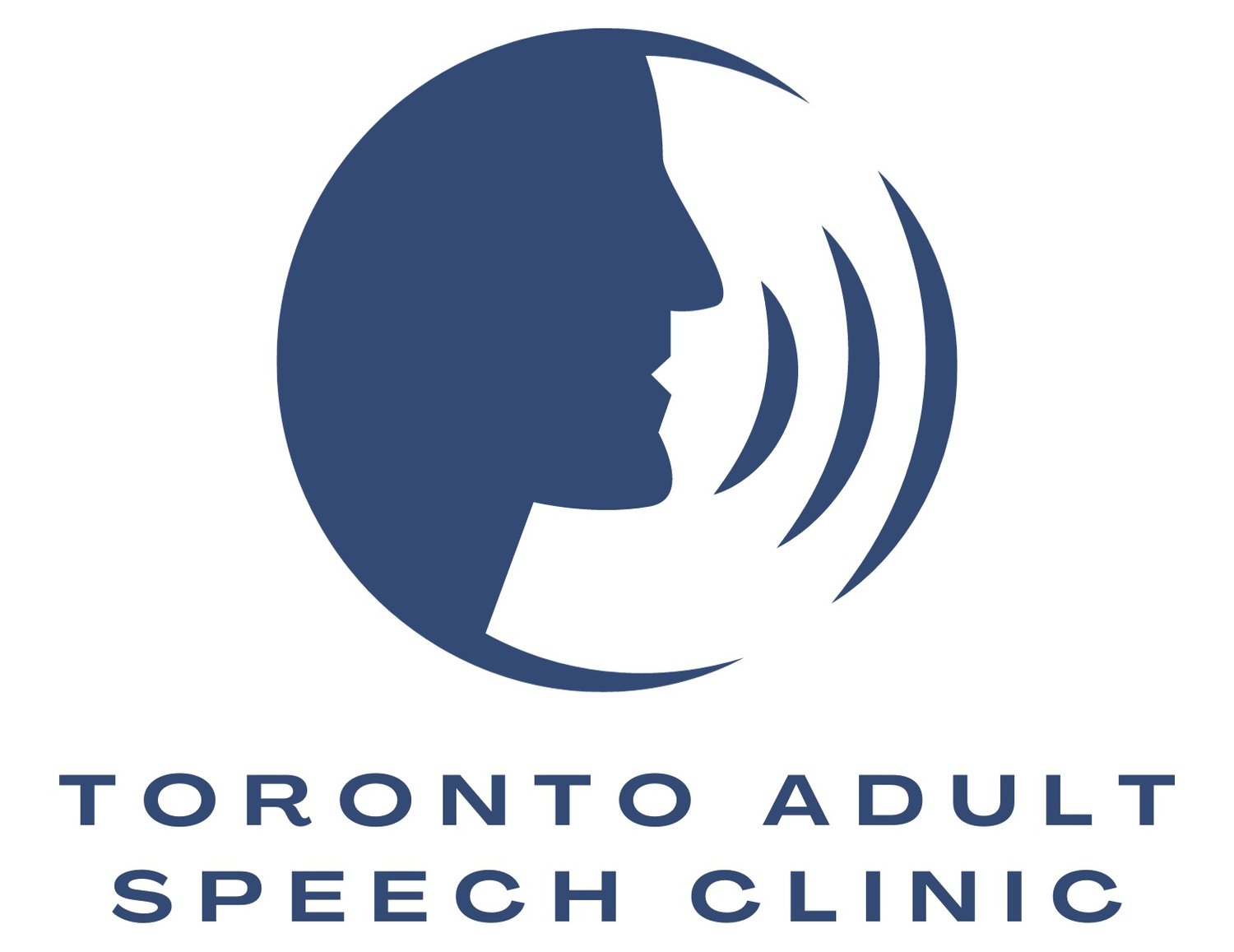Empowering the Voices of Women
Empowering the Voices of Women
Happy International Women’s Day 2019
An article released in a publication by American Speech-Language-Hearing Association (or ASHA) at the start of February, discussed the challenges women continue to face in fighting to have their voice heard, literally. As a speech-language pathologist and voice therapist, I see many women who come to Toronto Adult Speech Clinic with the goal of either healing their voice from fighting to be heard or bolstering the strength and projection of their voice in anticipation of what may be required in their professional or personal life.
Studies and countless real-life narratives demonstrate that women get talked over more than men (and often by men). One study quoted in the article that in 20 different 3-minute conversations between a man and a woman, women were interrupted about 2 ½ times more than men. In another study of the number of interruptions in over 30 conversations- men were responsible for a staggering 96% of the interruptions.
The ASHA article also quoted a real-life narrative of a prominent researcher attempting to discuss her findings and being talked over by a man. In that situation, the crowd observing this interaction rallied to the woman’s defense yelling, “Let her speak, please!”
“When people feel heard, they often allow more of themselves to be heard.”- Jordan Scholl, SLP
Of course, there are physiological explanations for why a woman’s voice has different qualities that make it harder to hear than men’s voices- often the voices are higher in pitch and more breathy. In some cases this can make the voice more difficult to project and more susceptible to noise. For women’s voices, this is more a result of their anatomy than a choice they’re making. And despite research suggesting men are two times more likely to develop hearing loss than women, I hardly think we can attribute that statistic to what research suggests is simply men’s difficulty with listening.
That being said, it cannot be ignored that our voice is part of our identity. It is how we communicate who we are to those around us. Learning to be more assertive through our voice and through language choices can help improve confidence, command of a room, and how easily people are able to understand us over the phone, in group settings, and in noisy environments. Speech, language, and voice therapy can be effective tools in helping a person find their authentic voice in any situation.
This doesn’t take the onus off of listeners, who have a responsibility to respect any speaker regardless of factors such as gender identity or voice quality. Active listening strategies like leaning in, maintaining eye contact, and ensuring distractions are limited can go a long way in establishing a productive environment for communication. When people feel heard, they often allow more of themselves to be heard.
As a cis-man, I can confidently say that I have learned a lot in my life from listening to women, and I am proud to do my part with all my clients as a voice therapist to help their voices be heard.
You can find the complete ASHA Leader article here.
If you are interested in finding out more about voice therapy or communication training for adults at Toronto Adult Speech Clinic, please contact us or visit tasc.janeapp.com to schedule you’re initial consultation with our speech-language pathologist.

